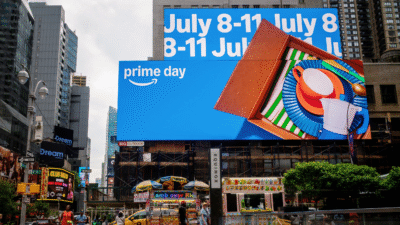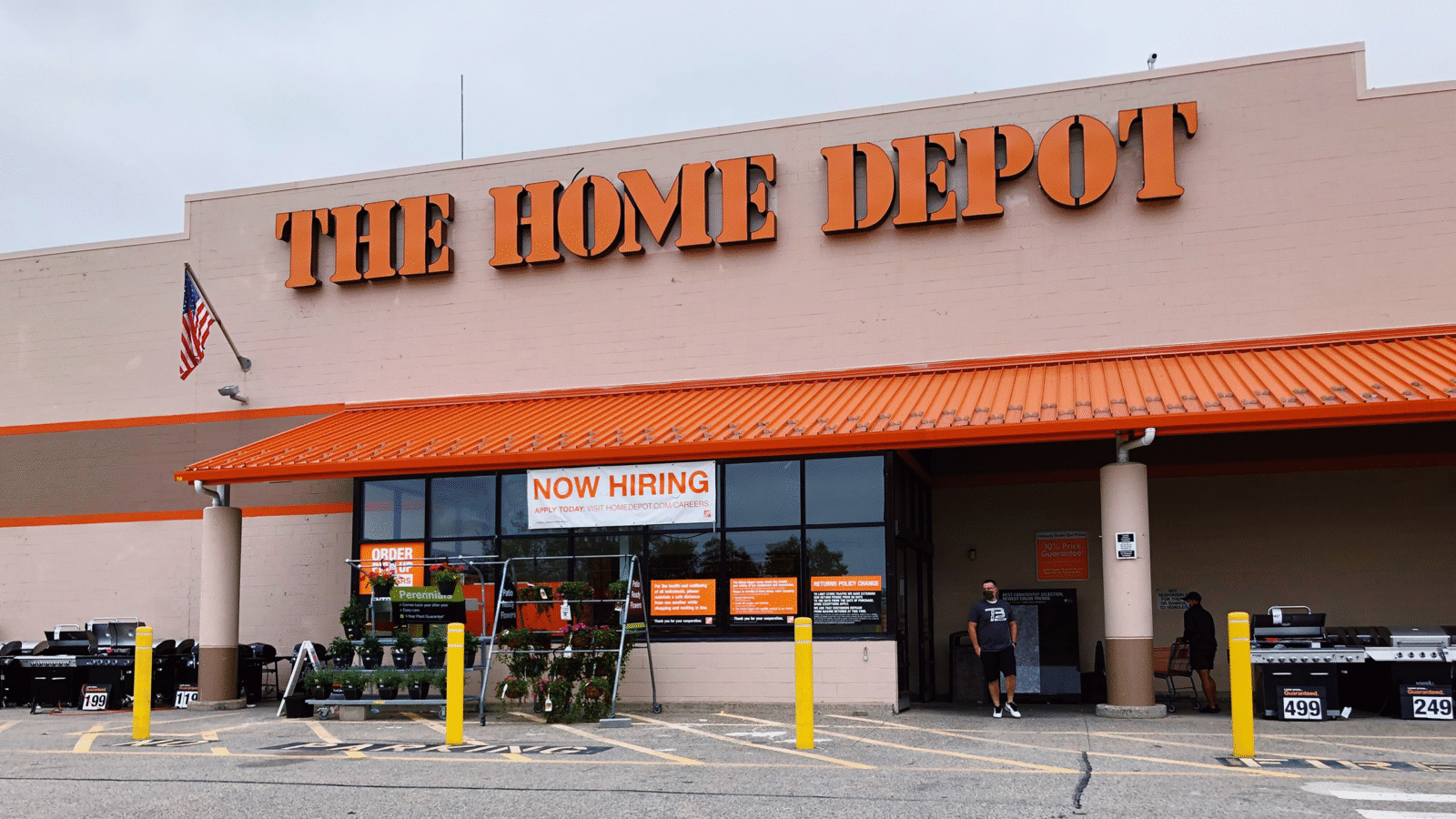Brick-and-Mortar Stores Start Leaning into Online Shopping
In 2023, roughly 42% of e-commerce orders involved a store acting as a fulfillment hub or a place where consumers can pick up or return items.

Sign up for smart news, insights, and analysis on the biggest financial stories of the day.
Three decades after what’s commonly thought to be the first e-commerce transaction, brick-and-mortar retailers may be starting to figure out online shopping.
Multiple brands are shaping their businesses to have both ways of shopping complement one another to better meet consumer habits, The Wall Street Journal reported.
Online and In Person
E-commerce took off in the 1990s with the creation of Amazon, eBay, PayPal, and a whole litany of online versions of popular department stores. But it’s also been the ominous cloud hanging over physical stores, with the fear that e-commerce would kill in-person shopping.
And not without reason: E-commerce is definitely taking market share — online sales accounted for 15.4% of total retail sales last year, up from 14.7% in 2022, according to the US Department of Commerce — but physical stores still get most of the action. And now, many companies and consumers are seeing the benefits of using their computers/smartphones/tablets/whatever in tandem with local shops:
- In 2023, roughly 42% of e-commerce orders involved a store acting as a fulfillment hub or a site where consumers can pick up or return items, up from 27% in 2015, according to data from research firm GlobalData cited by the WSJ. For the third year in a row, retailers are set to open more stores than they close in 2024.
- The pandemic got shoppers used to curbside pickup, and now they’re continuing to tap that combined e-commerce/physical store strategy. An order can be placed online, with physical store pickups and returns circumventing shipping, packaging, and extra labor costs. Kohl’s fulfills more than a third of its online orders through brick-and-mortar shops, Walmart does more than half, and Target does nearly all, the WSJ reported.
Grocery List: While some retailers may have found that online-but-in-person sweet spot, the model doesn’t fully work for every business. Placing a pickup order with a grocery store, which operates on thin margins, means the supermarket needs enough space to warehouse those purchases, plenty of which likely need to be refrigerated, the WSJ reported. Besides, you can’t inspect a dozen eggs online to make sure they’re not cracked.











